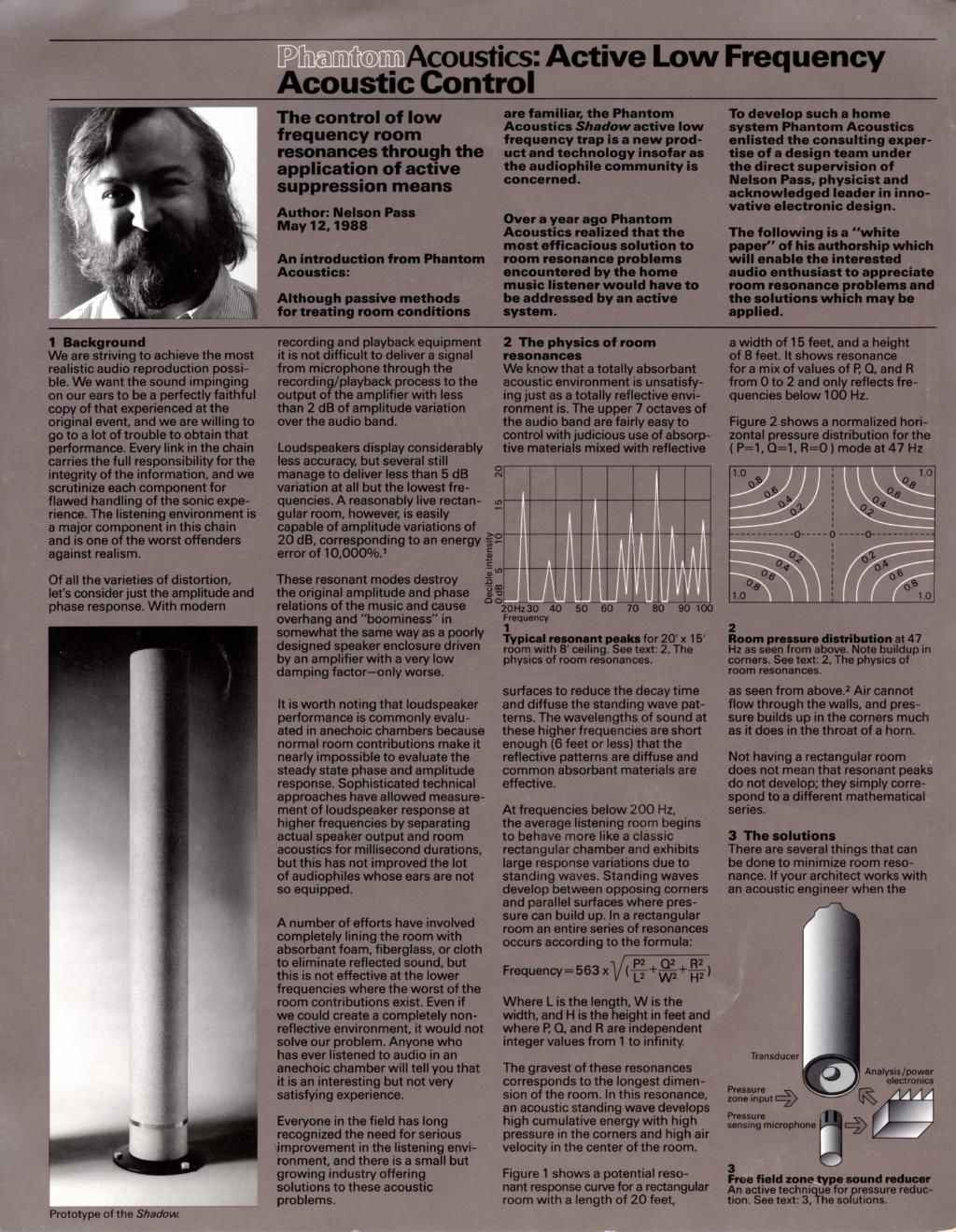Threshold phantom acoustics shadow brochure
This is the 18 pages manual for threshold phantom acoustics shadow brochure.
Read or download the pdf for free. If you want to contribute, please upload pdfs to audioservicemanuals.wetransfer.com.
Page: 1 / 18
